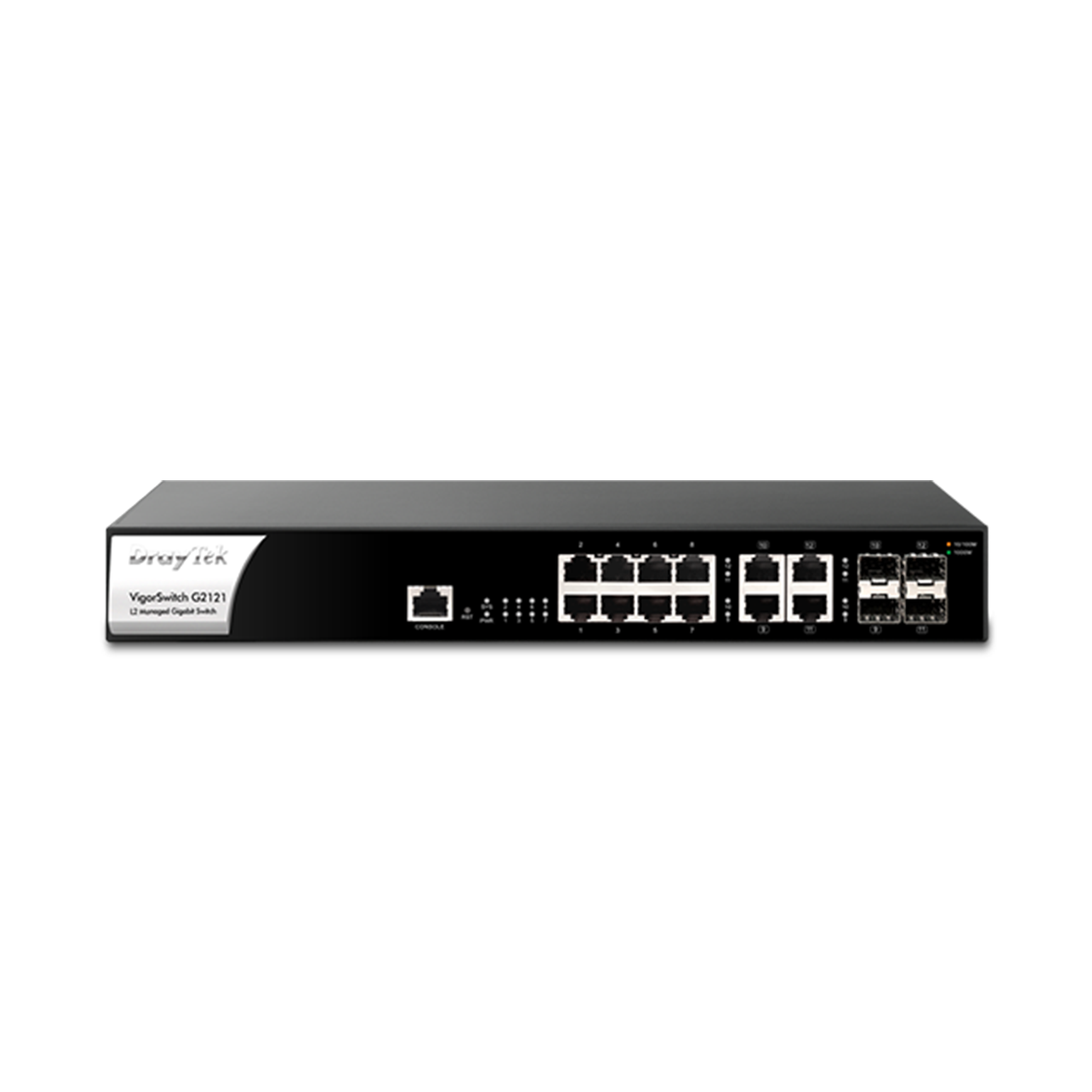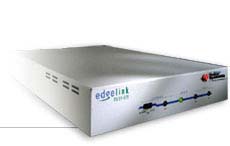

What is an IPS? and what does it do?Īn IPS (also known as an intrusion detection prevention system or IDPS) is a software platform that analyses network traffic content to detect and respond to exploits. The top vendors focus on maintaining a low false-positive rate. These systems are extremely effective but can be prone to false positives depending on the vendor you buy from. Many vendors are using AI and machine learning to help these systems detect abnormal behavior.

As a result, it is poor at detecting Day One attacks.Īn anomaly-based IDS uses a baseline model of behavior to detect anomalous activity on the network. The signature-based approach is effective but it has the limitation of only recognizing attacks that match the existing database.

When network activity matches or resembles an attack from the list the user receives a notification. Both of these formats use two main methods of threat detection signature-based and anomaly-based (we will look at these in more detail further below).Ī signature-based IDS uses a list of known attack behaviors to identify new attacks. A HIDS monitors traffic on the device or system where it is installed. To detect bad traffic, IDS solutions come in two variations: a Network Intrusion Detection System (NIDS) and a Host Intrusion Detection System (HIDS).Ī NIDS monitors network traffic for security threats through sensors, which are placed throughout the network. After receiving the alert the user can take action to find the root cause and remedy it. The IDS monitors network traffic and sends an alert to the user when it identifies suspicious traffic. An IPS is a diagnostic and incident response tool that can not only flag bad traffic but can also prevent that traffic from interacting with the network. To put it simply, IDS systems detect, and IPS tools prevent.Īn IDS program is a diagnostic tool that can recognize malicious network packets and create notifications, but it can’t block the unwanted packets from entering the network. IPS combines the analysis functionality of an IDS with the ability to intervene and prevent the delivery of malicious packets. IDS vs IPS: What’s the difference?īriefly, an IDS platform can analyze network traffic for patterns and recognize malicious attack patterns. IDS and IPS tools are both used to discover online threats but there is a distinct difference in how they operate and what they do. Intrusion Detection Systems ( IDS) and Intrusion Prevention Systems ( IPS) are two tools that network administrators use to identify cyber-attacks.


 0 kommentar(er)
0 kommentar(er)
